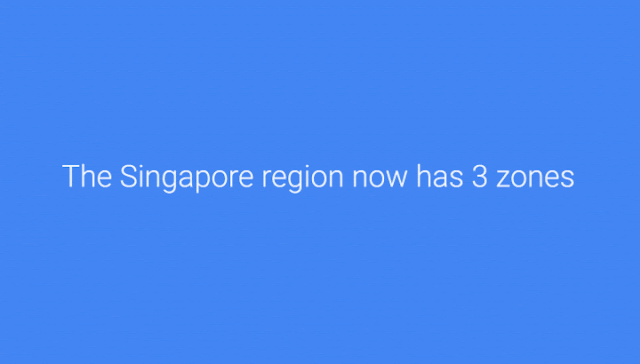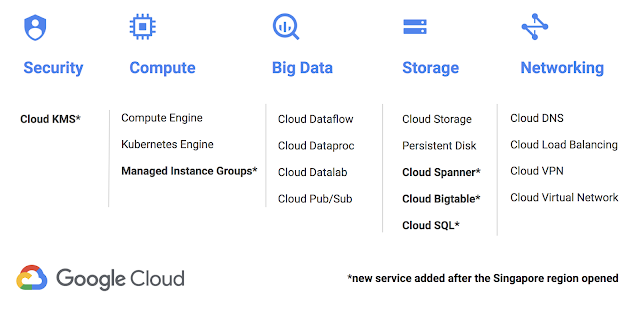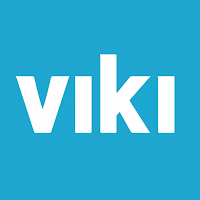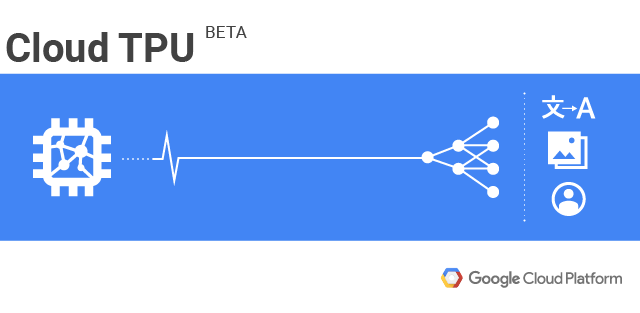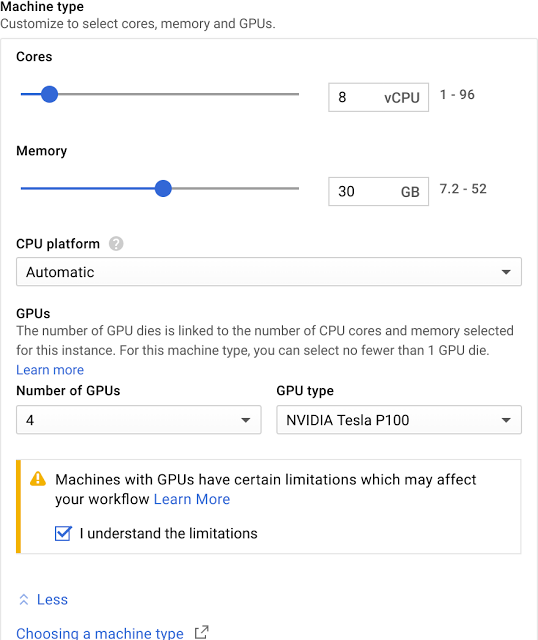Product updates

DNS-based service for discovery support for Internal Load Balancing
With this beta release, users can specify a service label when configuring a forwarding rule, automatically creating a fully qualified domain name in the Google Cloud Platform internal DNS.
cloud.google.com/compute/docs/load-balancing/internal/
GCE: Creating multiple disks at VM creation
To make VM creation more convenient, Google Compute Engine now lets users create multiple disks for VM instances in addition to the boot disk at the time of creation. You can easily create data or application disks for a VM in one go with this feature.
cloud.google.com/compute/docs/instances/create-start-instance
New App Engine scheduler
Designed to improve efficiency, control, and simplicity, a new instance scheduler offers a full rebuild of the Google App Engine standard autoscaling and scheduling features.
cloud.google.com/appengine/docs/standard/python/config/appref
VPC-native clusters using Alias IPs
This GA release of Alias IPs allows Google Kubernetes Engine clusters to be more scalable, and enables them to better interact with other GCP products and services.
cloud.google.com/kubernetes-engine/docs/how-to/alias-ips
CLOUD AI
TPUs now available for Cloud ML Engine
Now in beta on Cloud Machine Learning Engine, Tensor Processing Units are purpose-built for machine learning workloads with up to 180 teraflops of performance and 64 GB of ultra-high bandwidth memory for on-demand ML supercomputing.
cloud.google.com/ml-engine/docs/tensorflow/using-tpus
BIG DATA
BigQuery adds NUMERIC data type
Now in beta, this new feature adds the NUMERIC data type to Google BigQuery standard SQL. NUMERIC supports an exact numeric value with 38 digits of precision and nine decimal digits of scale, and is suitable for financial calculations.
cloud.google.com/bigquery/docs/reference/standard-sql/data-types
Self-service cost controls for BigQuery
Users can now self-manage cost controls for project-level quotas for BigQuery without having to submit support requests.
cloud.google.com/bigquery/docs/custom-quotas
NETWORKING
Introducing Network Service Tiers
Network Service Tiers, now in beta, make GCP the first major public cloud to offer a tiered cloud network. Choose a Premium or Standard tier to optimize your cloud network for performance or price.
cloud.google.com/network-tiers/
DEVELOPER TOOLS
Zync Render update
Zync Render now provides improved job start time and performance. It adds 96-core VM support, and the ability for admins to set limits on the number of machines that can be used on a per-user and a per-project basis.
www.zyncrender.com/
MANAGEMENT TOOLS
New programmatic budget notifications in Google Cloud Billing
Now GA, Google Cloud Billing programmatic budget notifications let users set rules to communicate, control, and cap costs.
cloudplatform.googleblog.com/2018/05/Better-cost-control-with-Google-Cloud-Billing-programmatic-notifications.html
New condition editor for Stackdriver Alerting UI
Now in beta, users can opt in to Stackdriver’s new condition editor in the Alerting UI for an intuitive, visual way to create, edit, and manage alerting policies.
cloud.google.com/monitoring/alerts/using-alerting-ui
